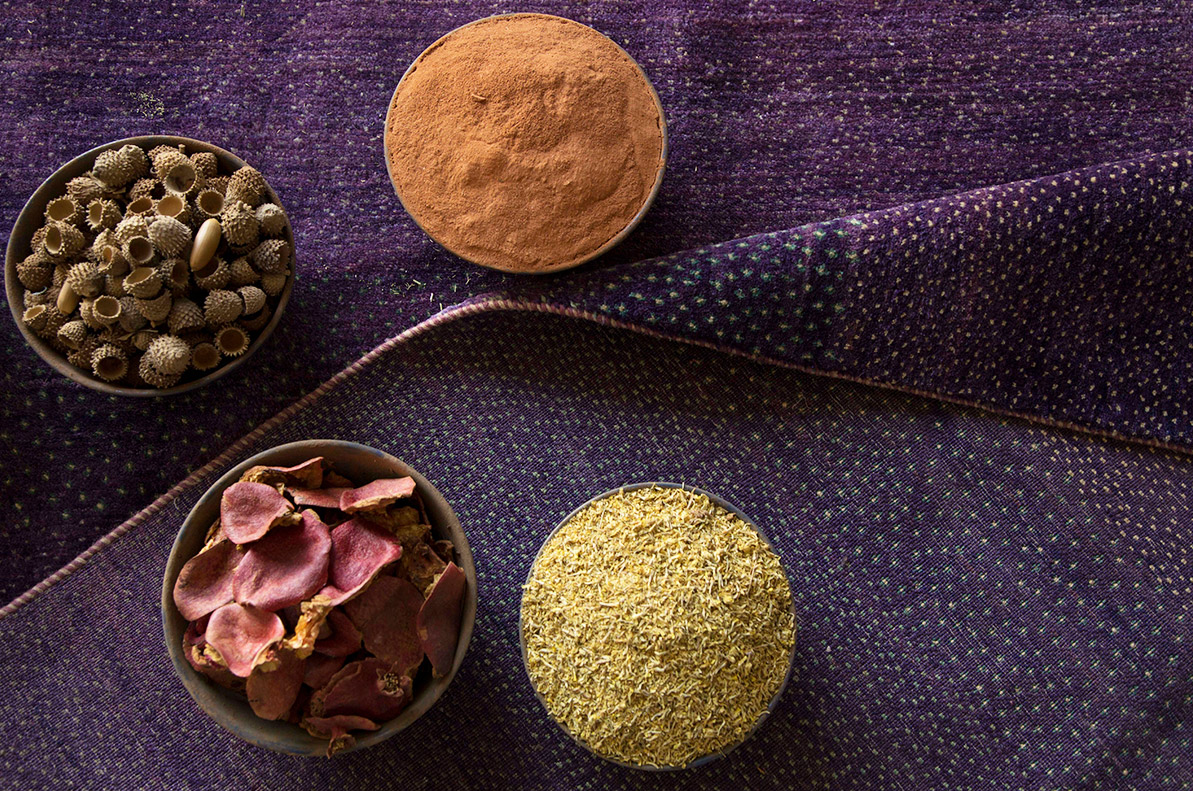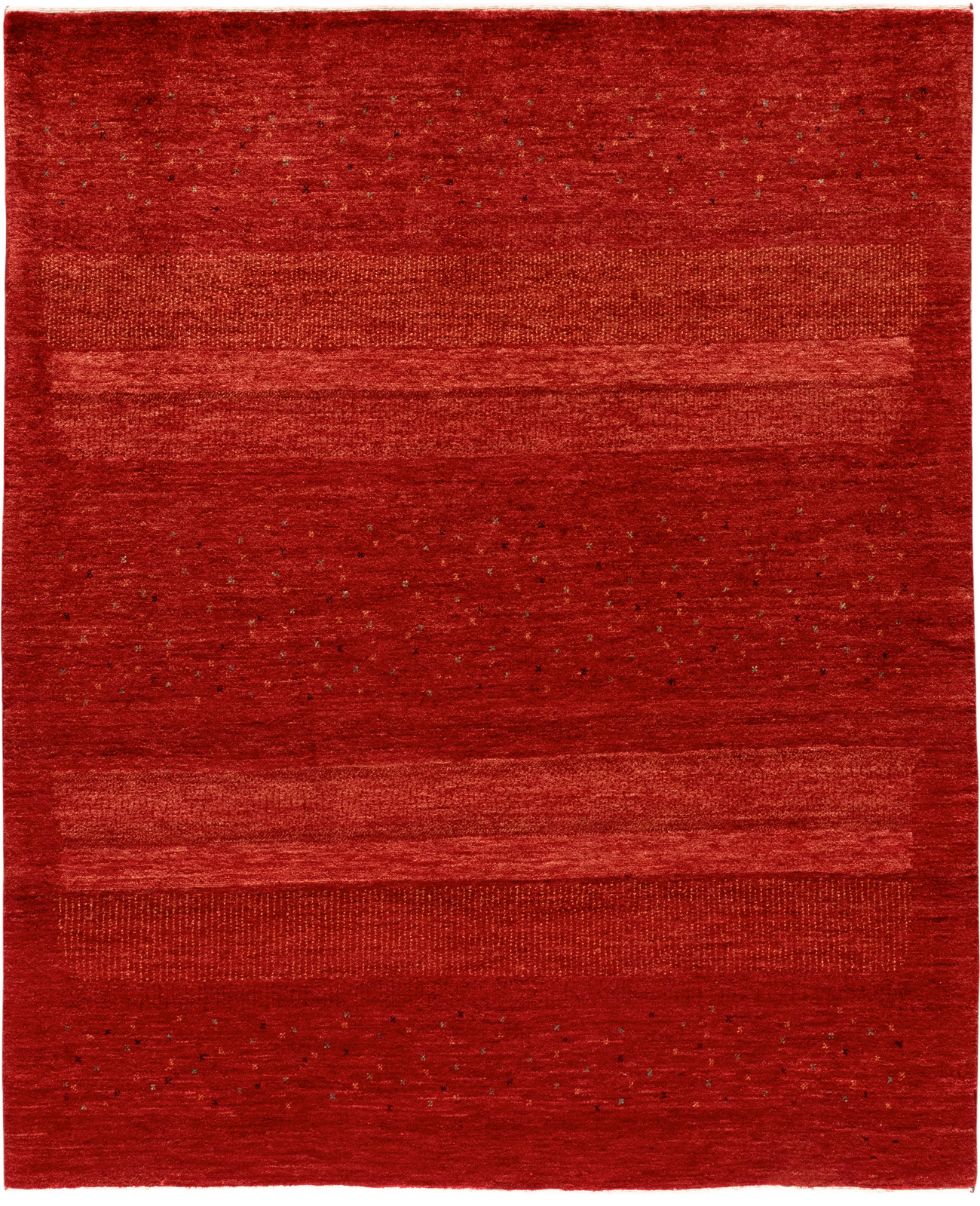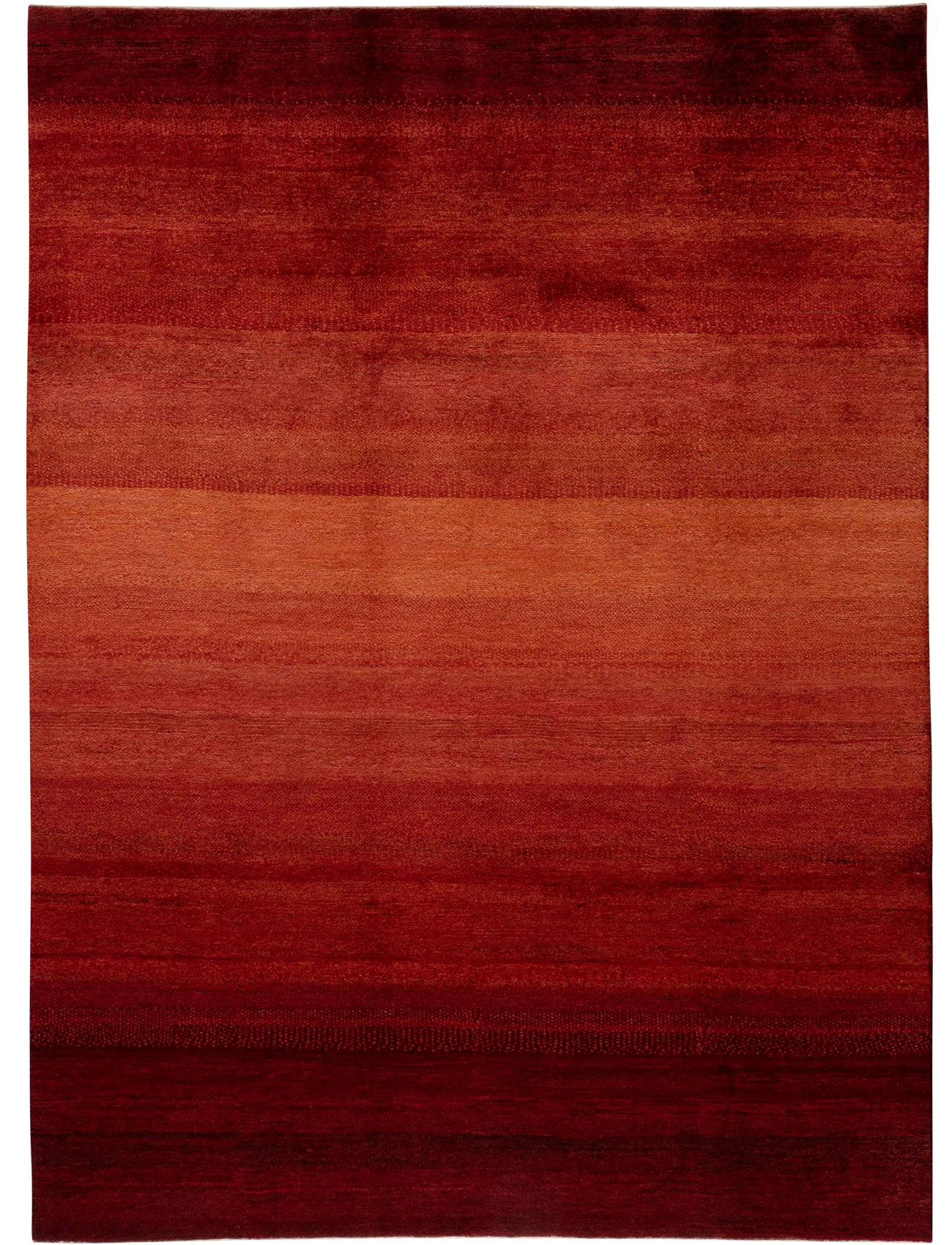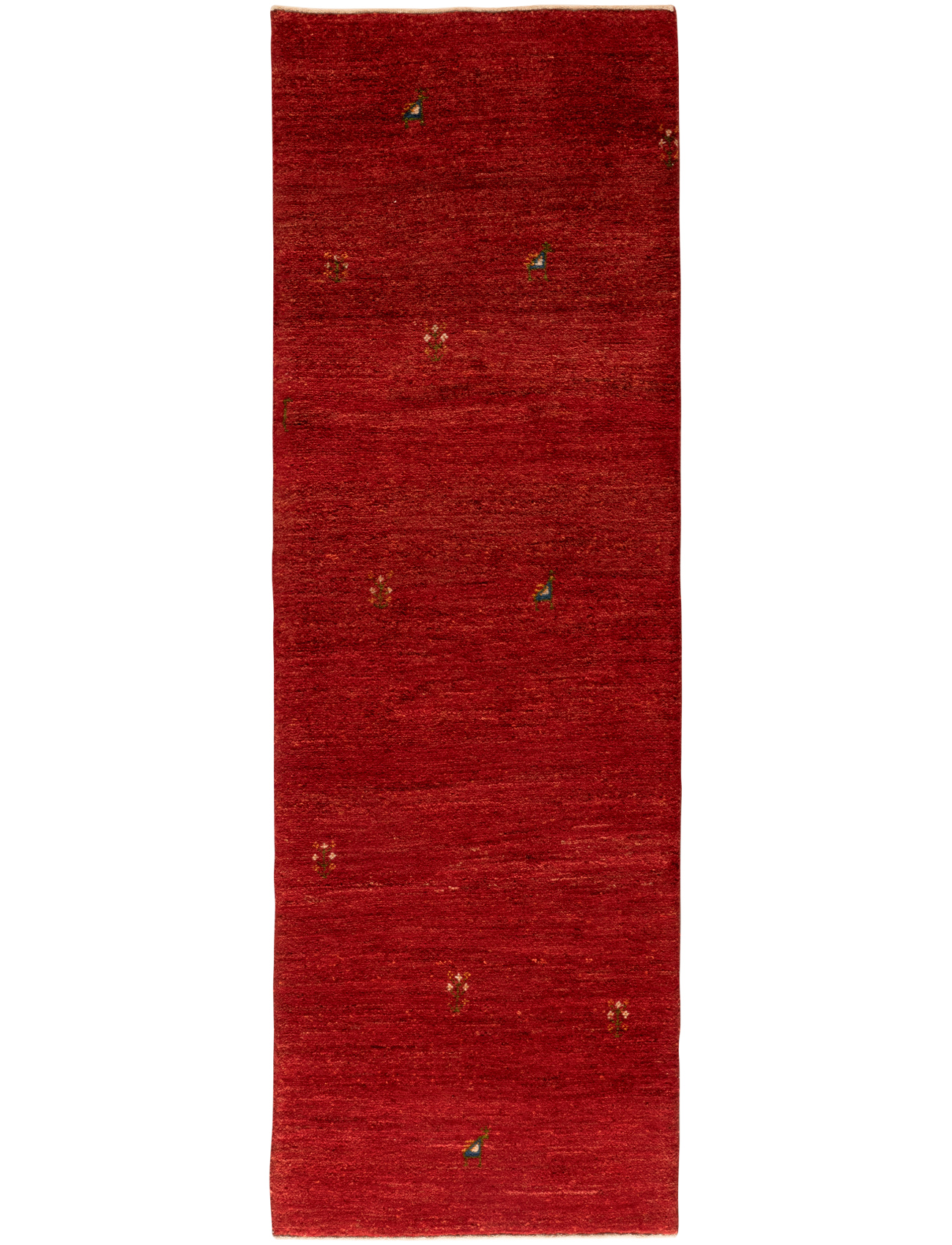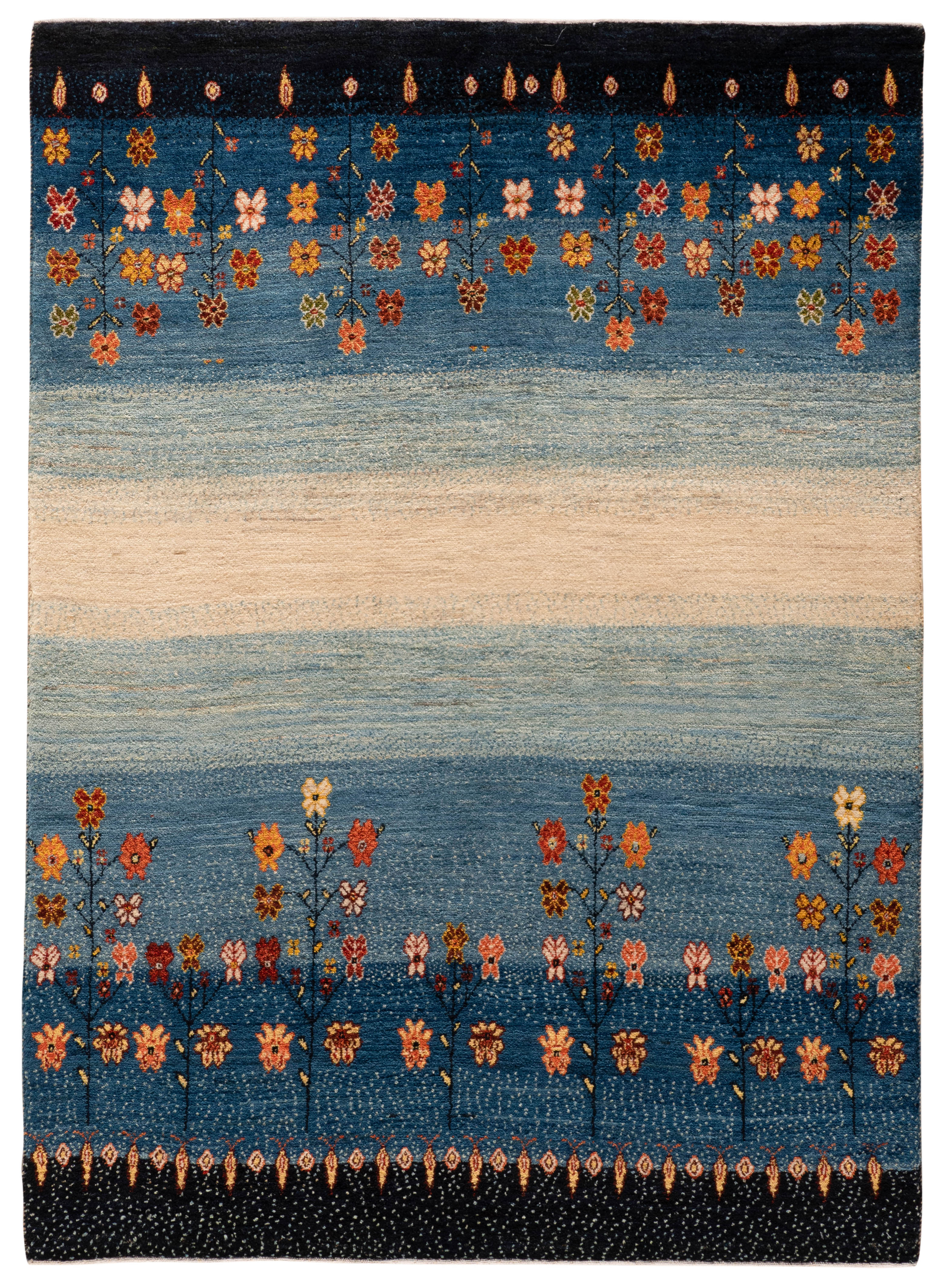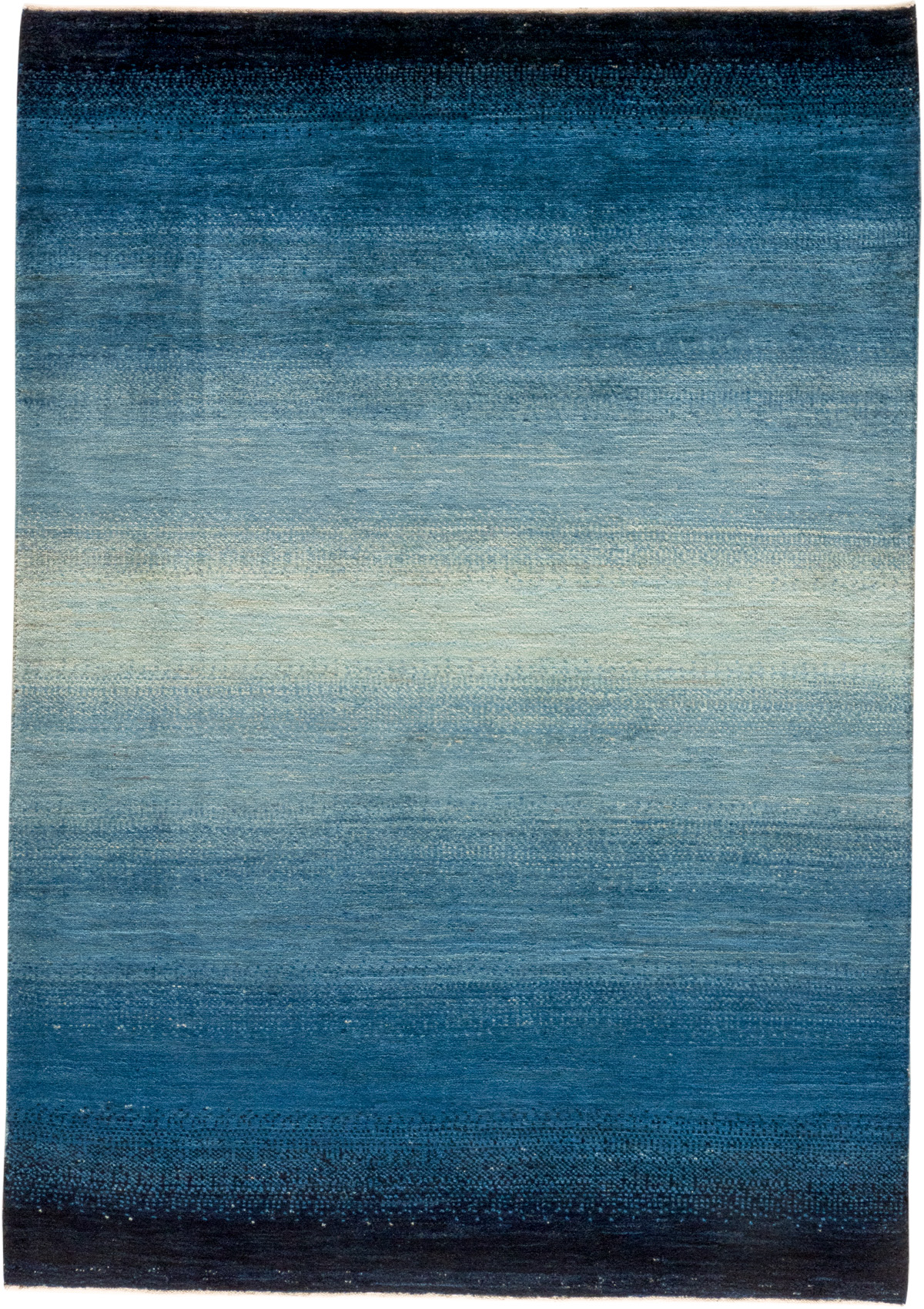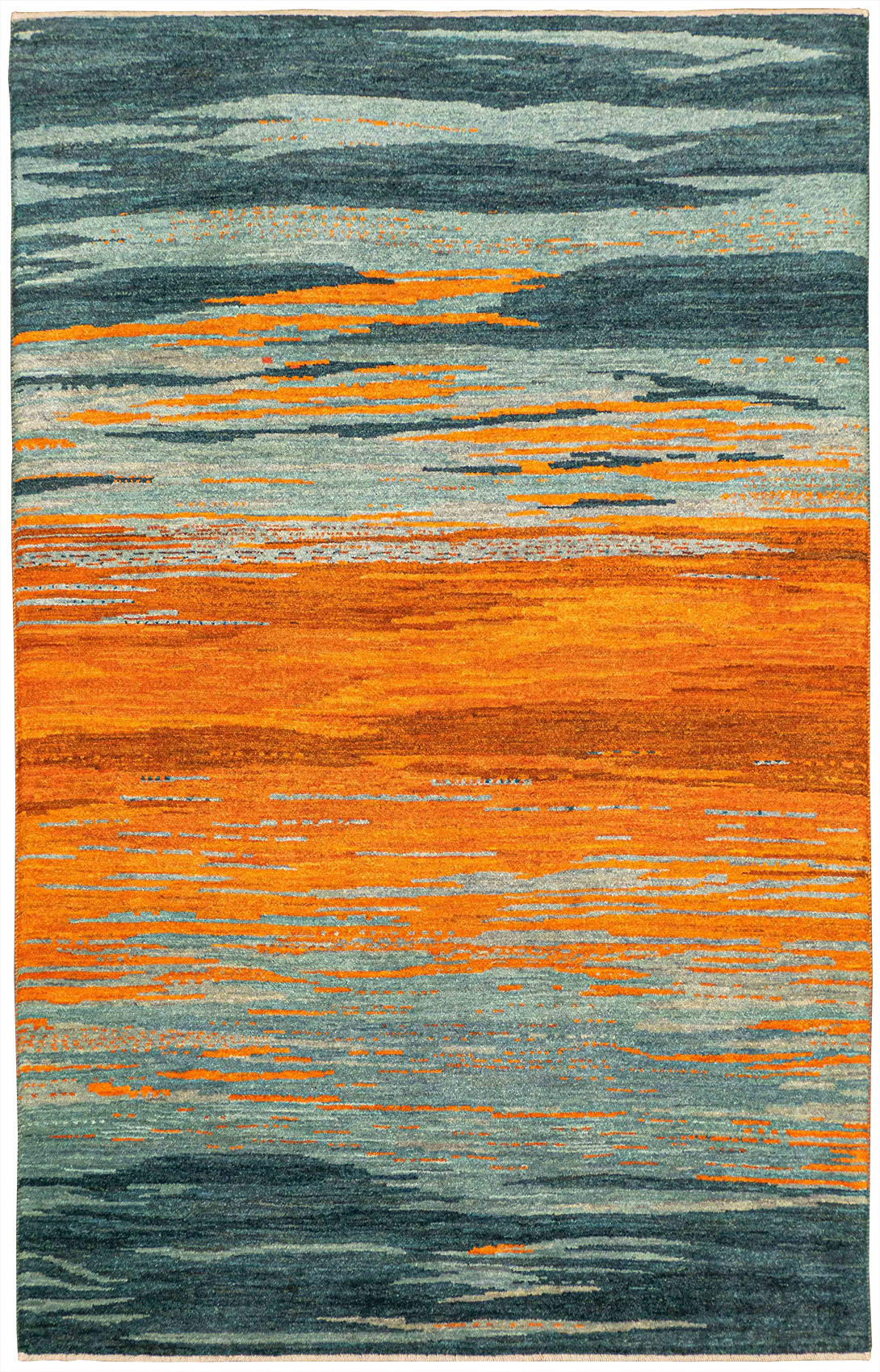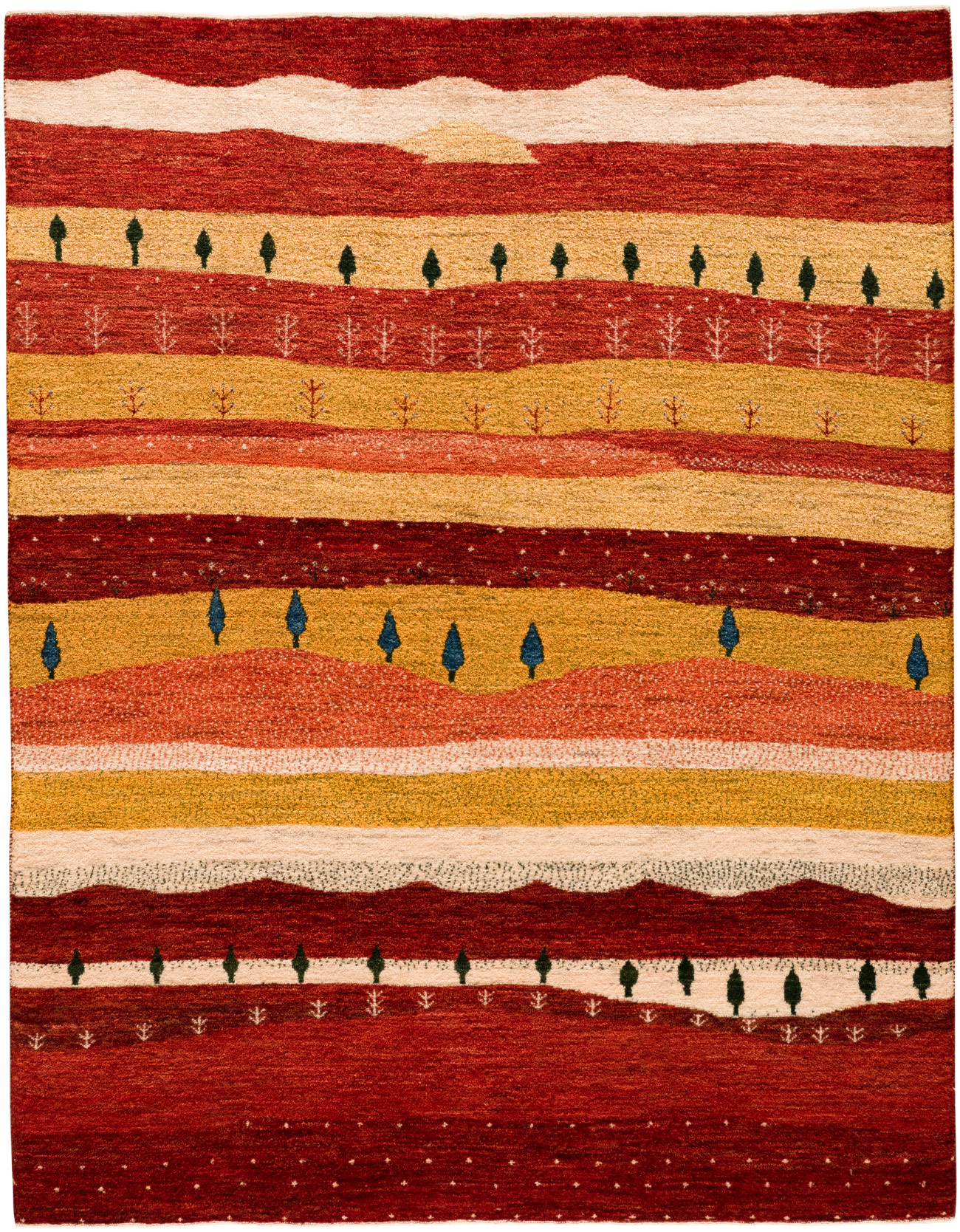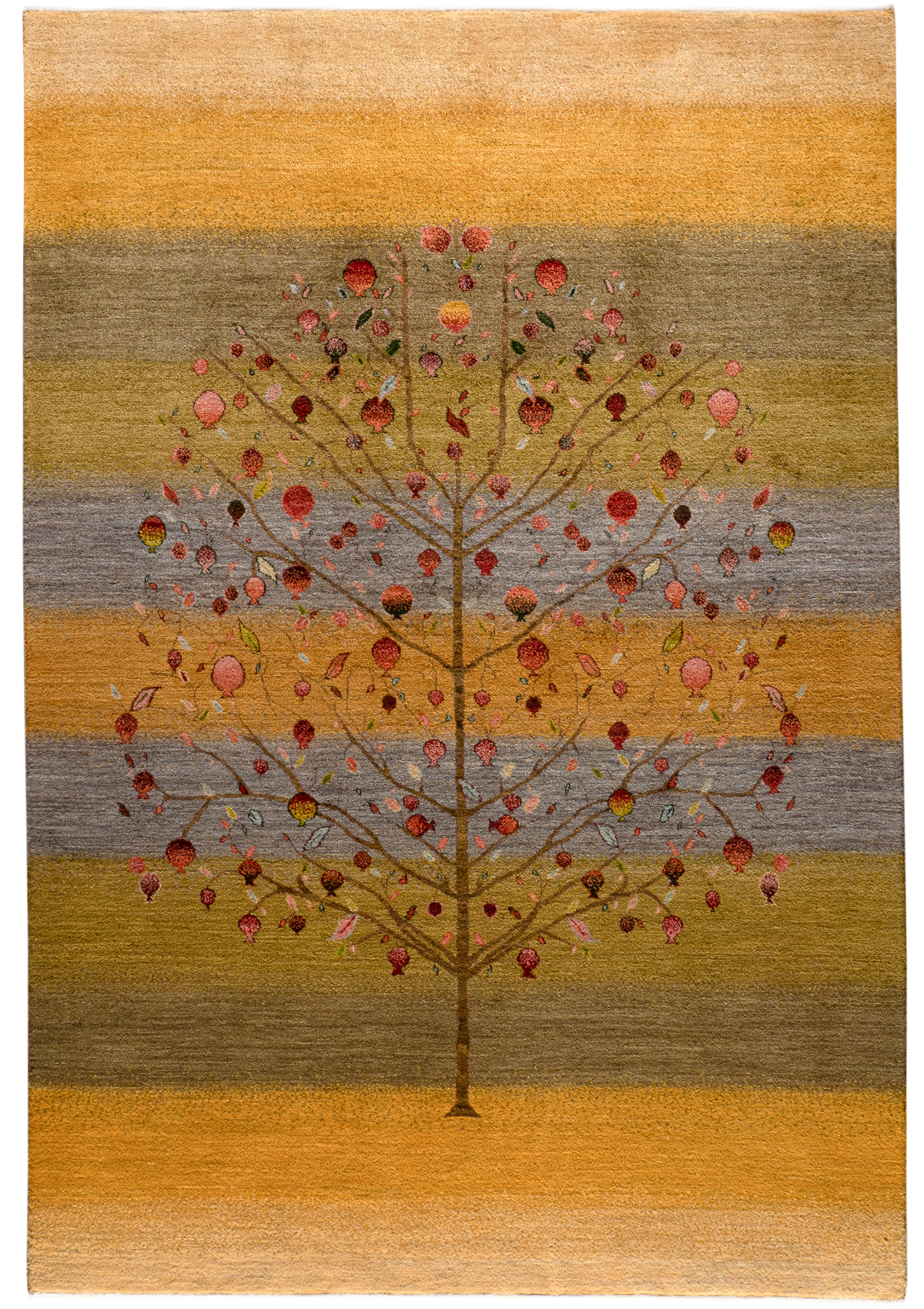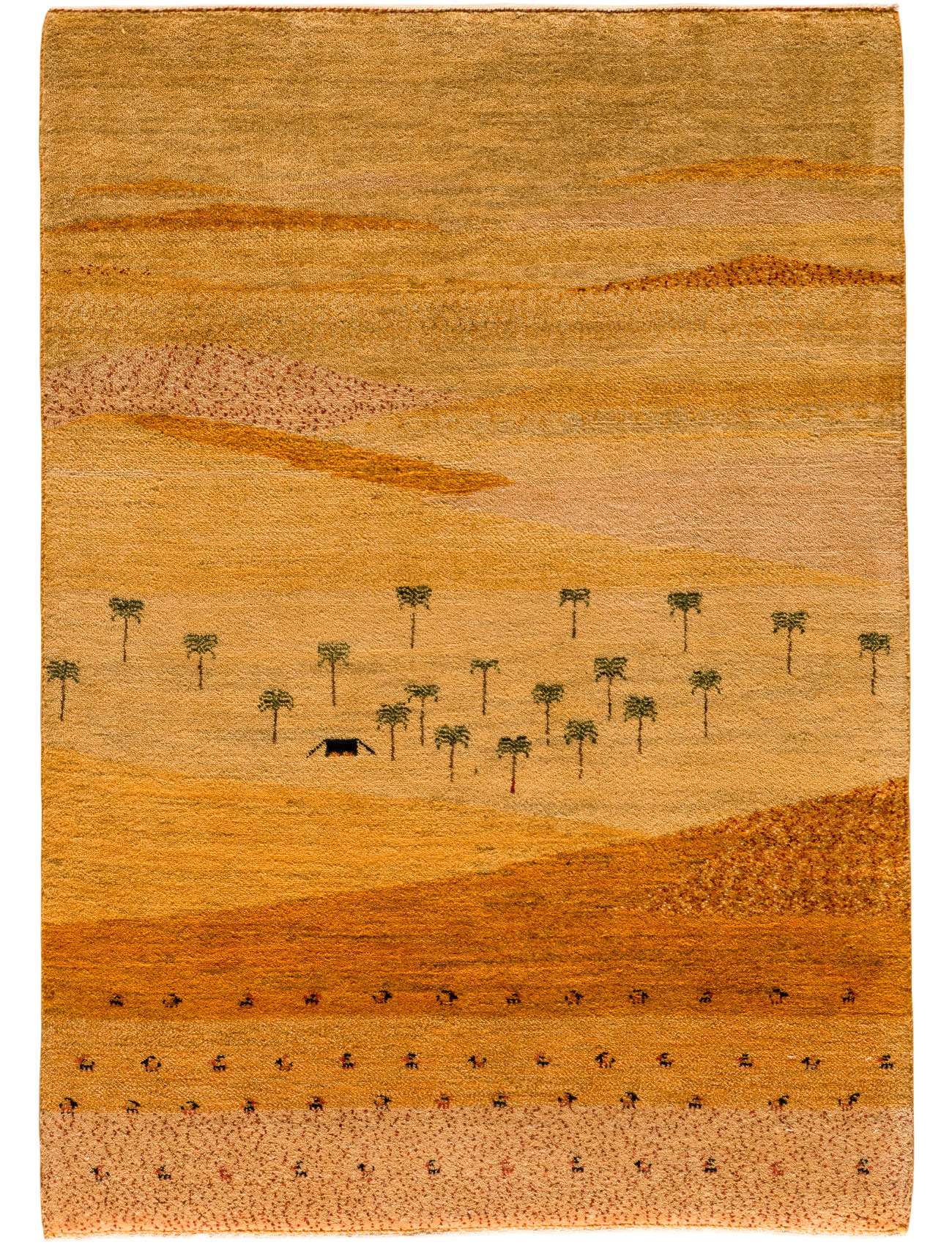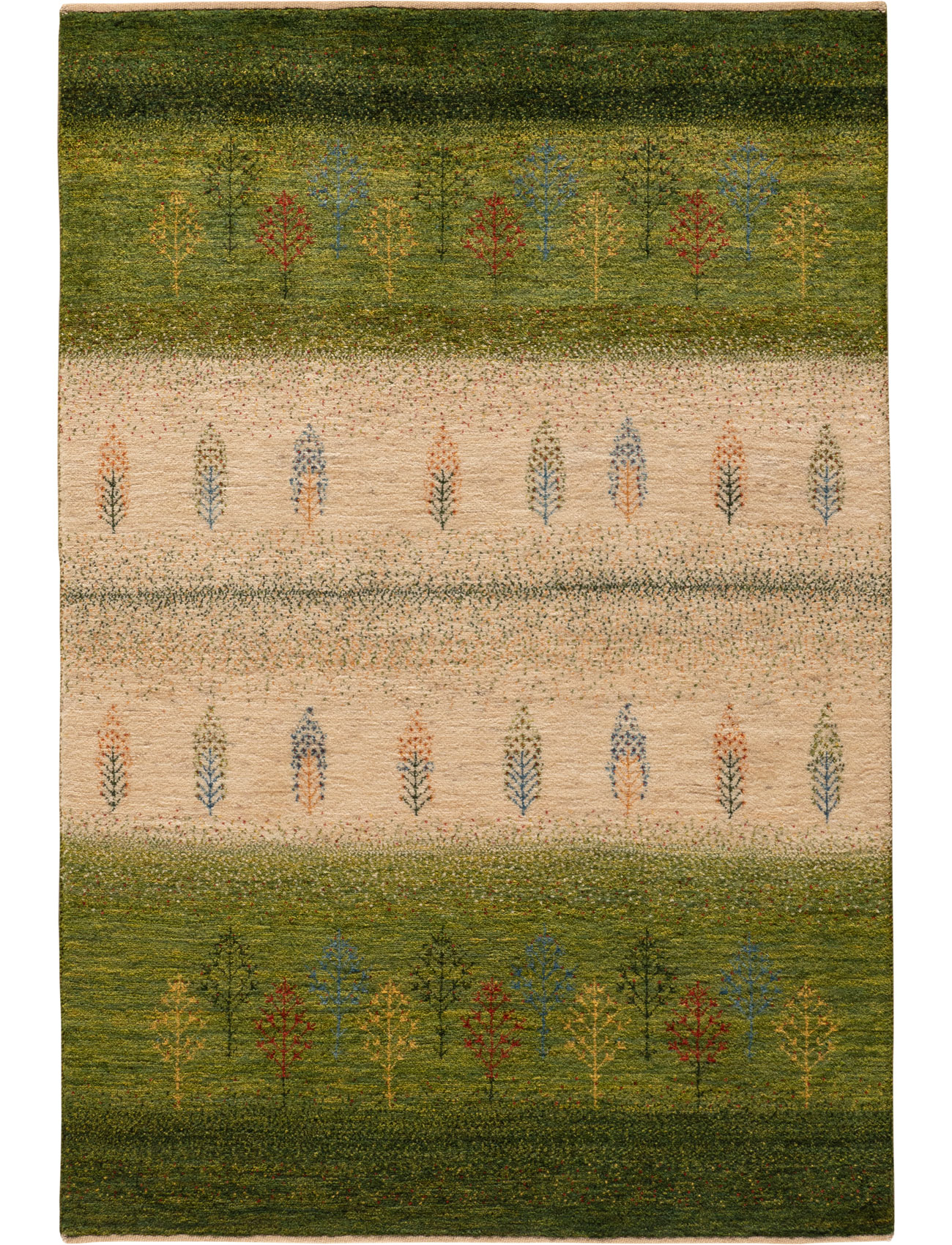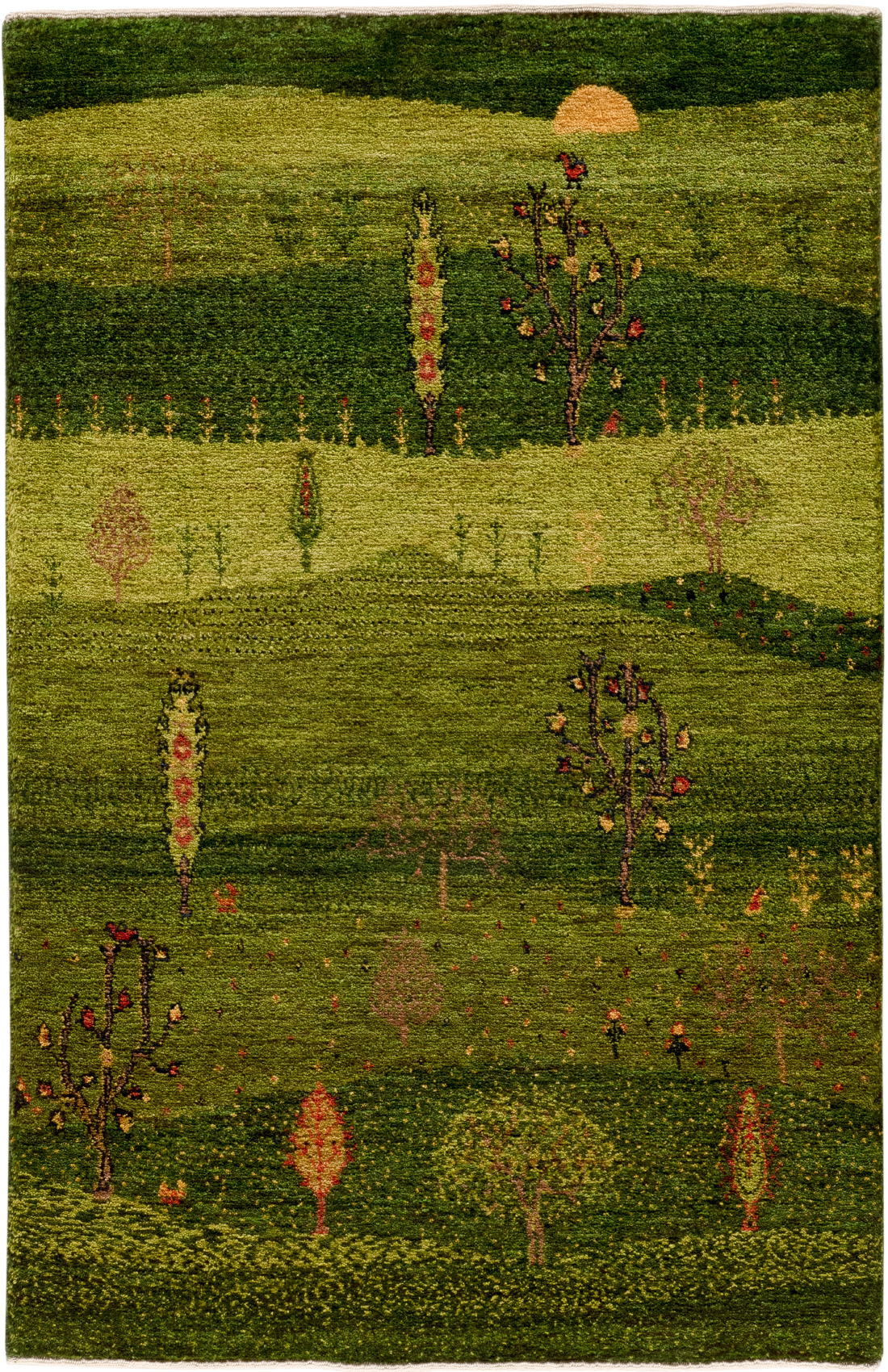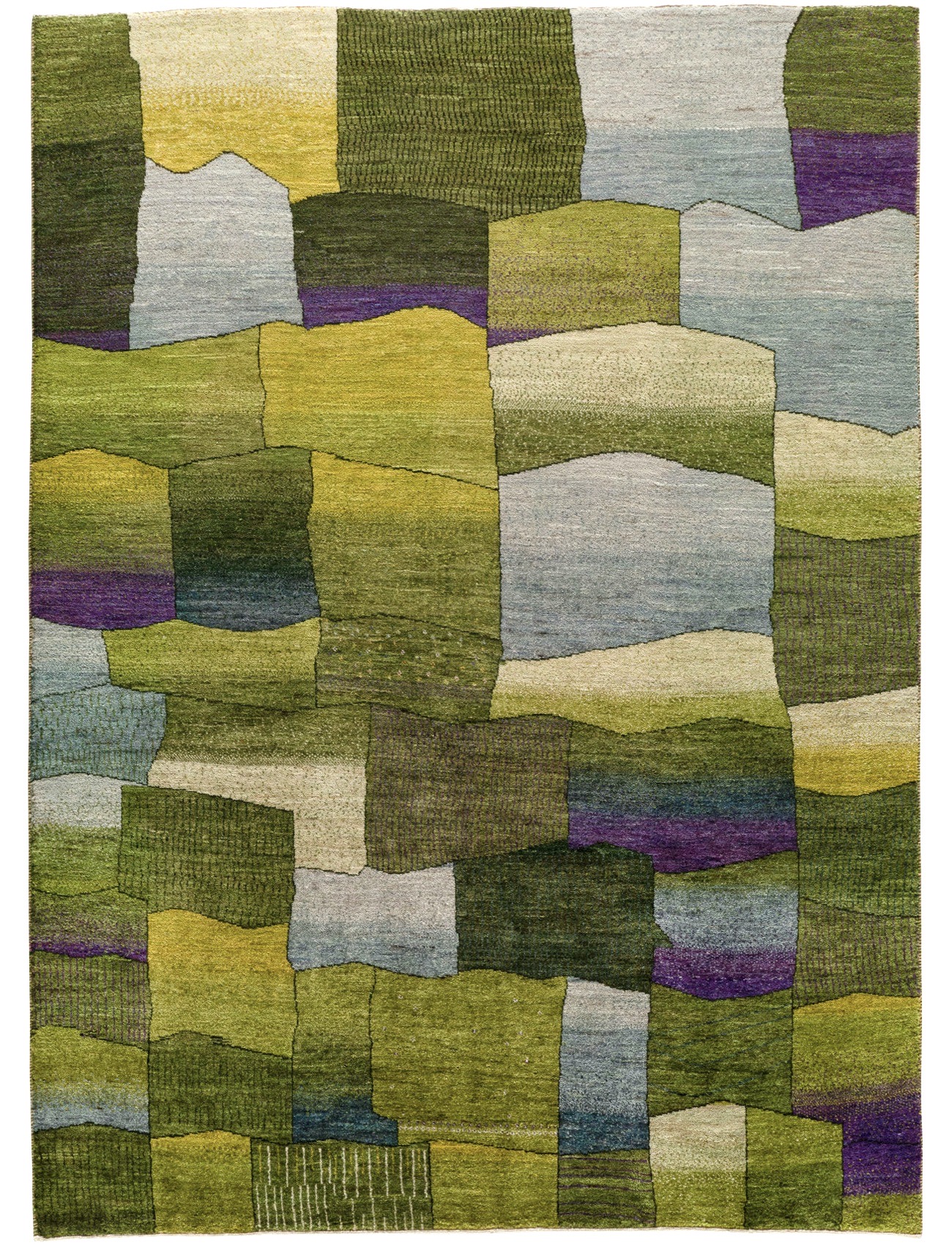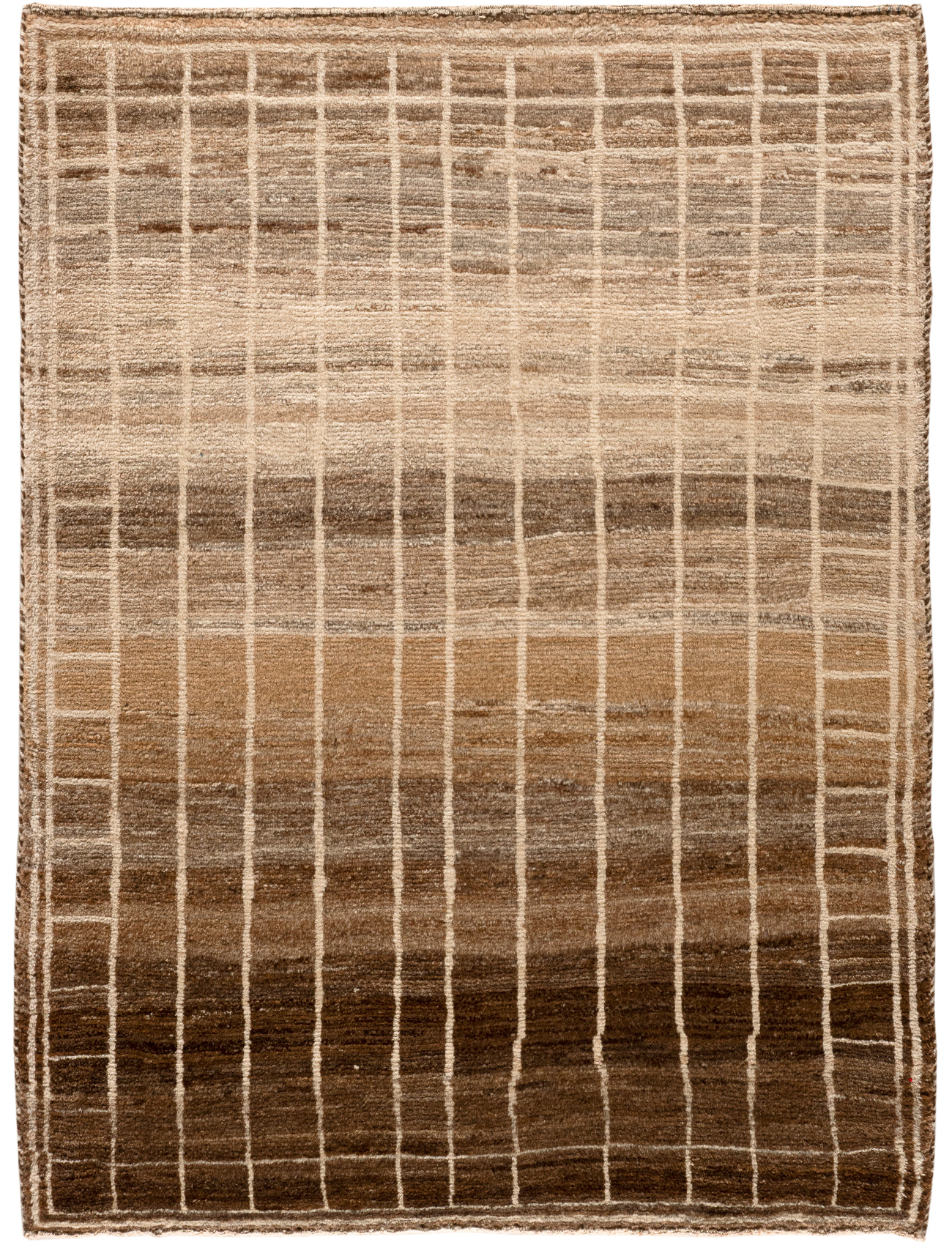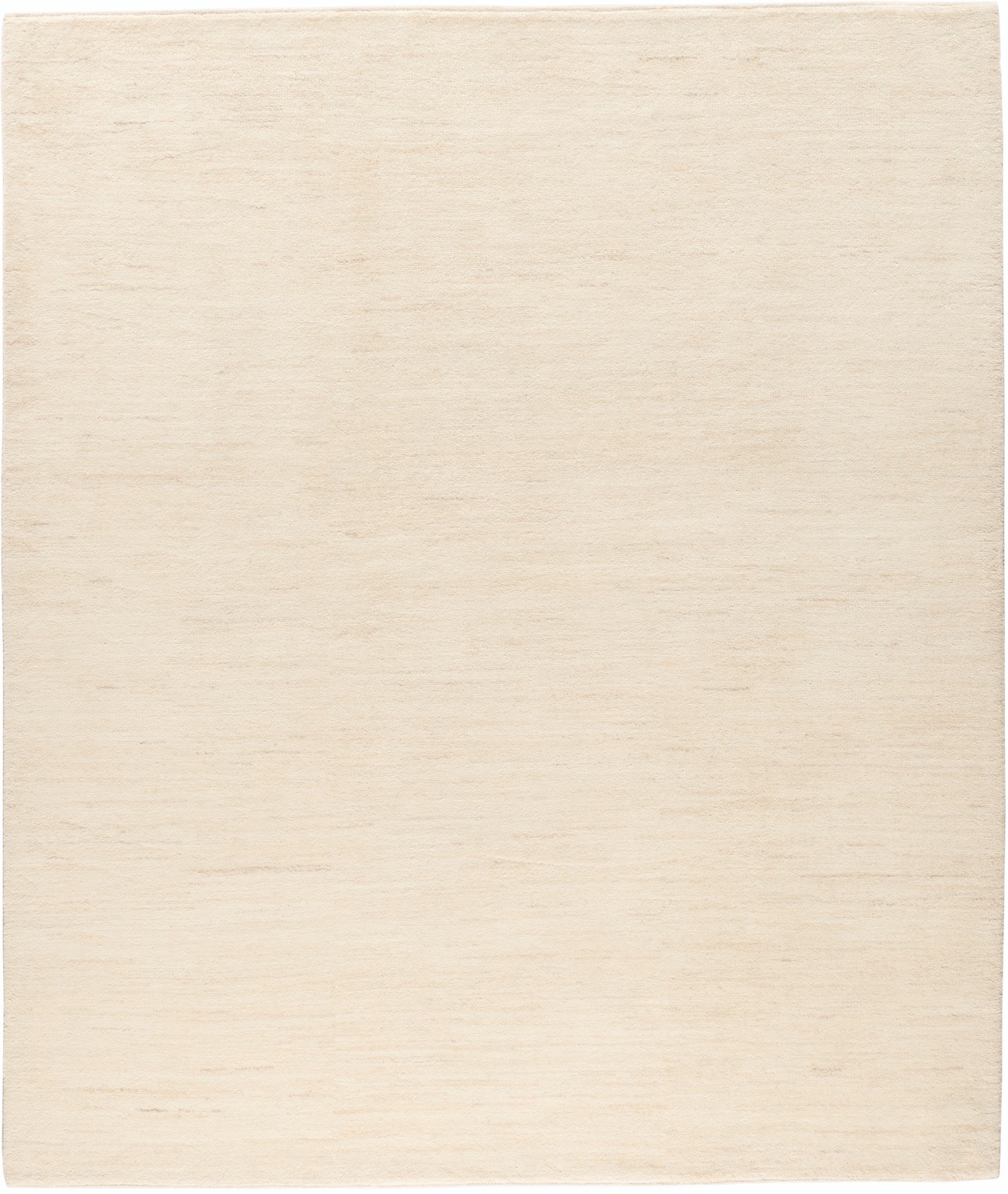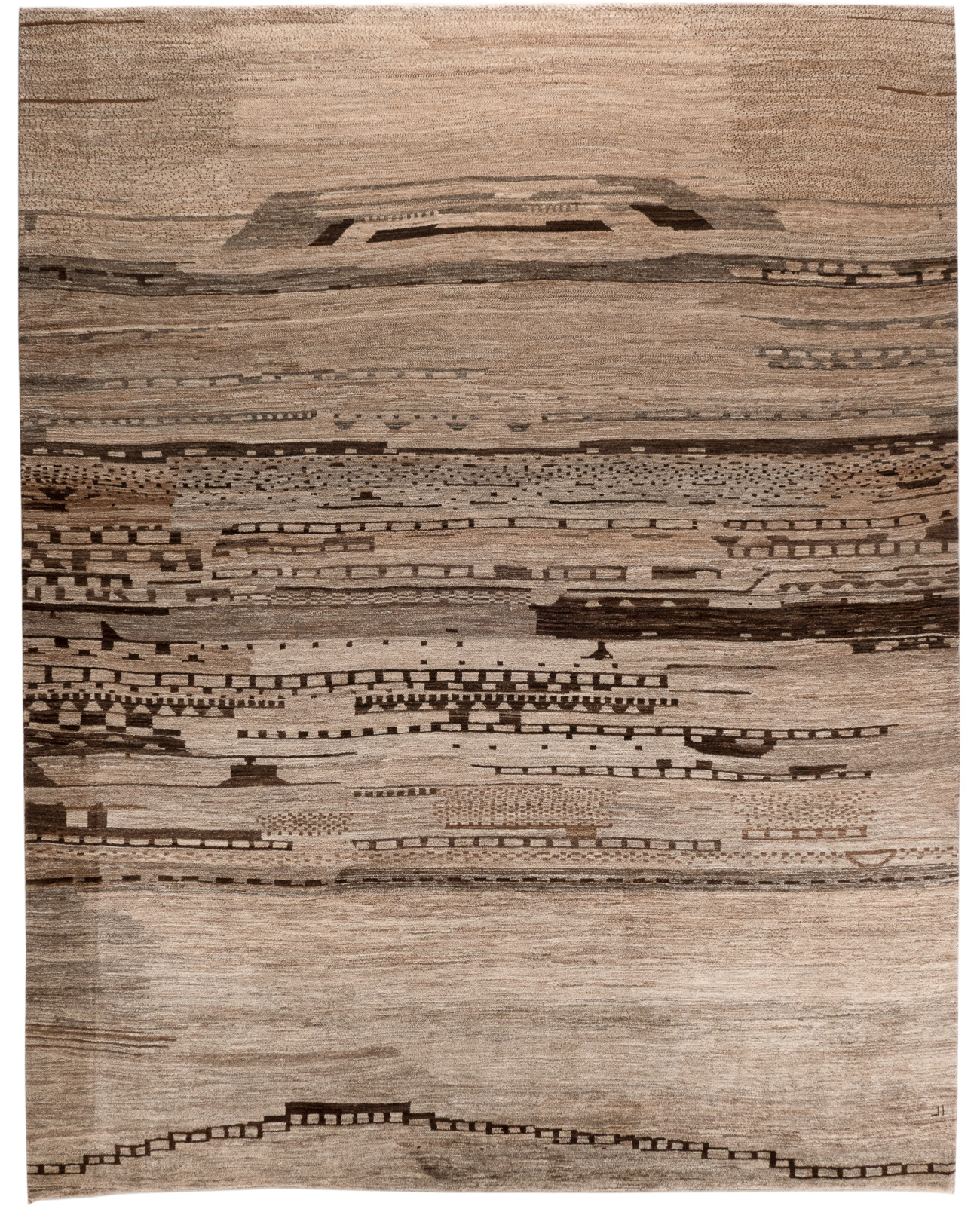The most beautiful thing about our original Gabbeh rugs from Iran, also known as nomadic rugs, are their natural colors. A nomadic rug is a sustainable natural product from the sheep's wool used, to the colors, to the finished rug. Especially the natural dyeing process, which is a cross-generational art of the dyers, makes these rugs unmistakably unique.
Obtaining colors from nature
The basis of natural dyes are flowers, barks, woods and roots. The dyers in Iran know exactly which of these ingredients to use for which color, and which combination in turn produces other shades of color. The art of dyeing sheep's wool is still passed down from generation to generation in Iran.
The special thing about the natural colors is that the sheep's wool absorbs them differently. This means that the colors in the rug look lively and skillfully irregular. This alone makes each rug a real one-of-a-kind.
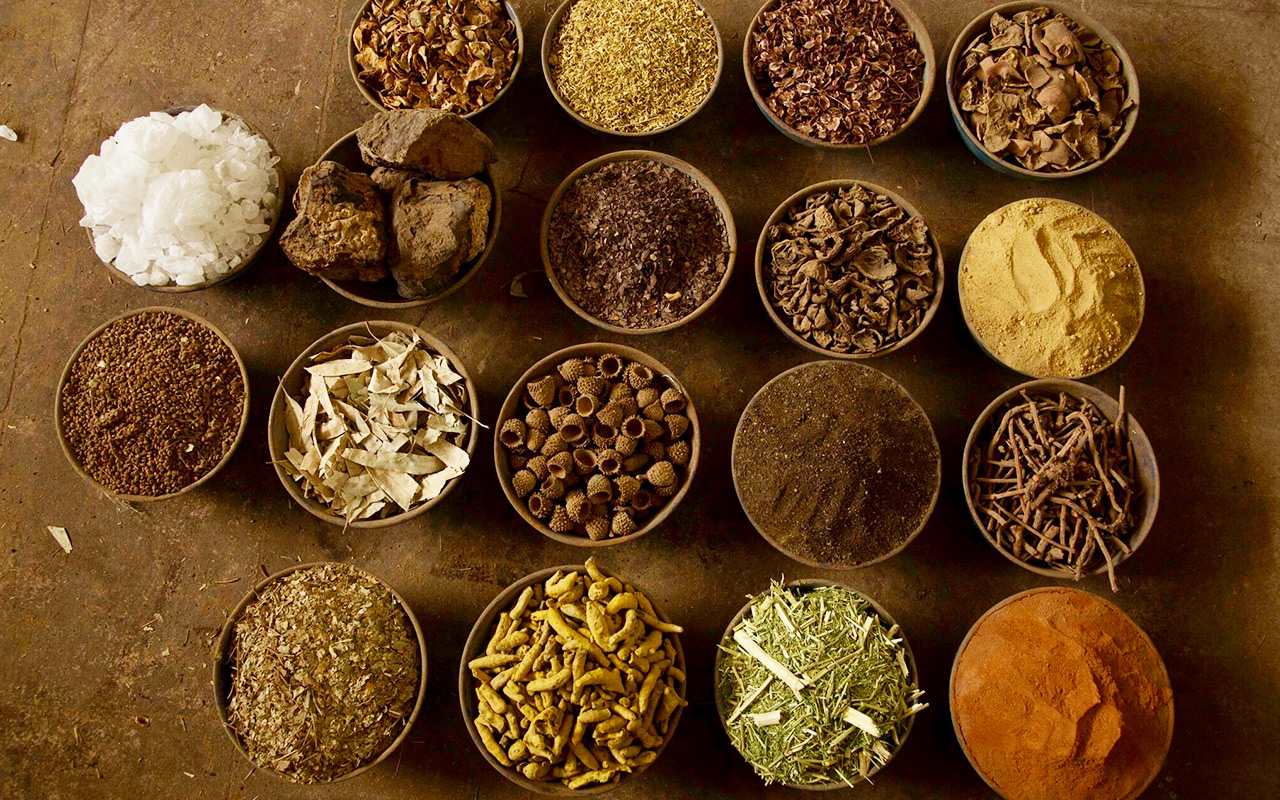
Content overview
To go directly to a specific area, please click on the respective link.
1. Red
The color red is obtained from the madder root. Madder root is one of the roots that is boiled the longest until it has completely released the red color to the wool. The dyeing process can take up to 48 hours. The red color is a very important color in Persian rug weaving because it is used for symbolic fruits, such as the pomegranate. Pomegranate trees symbolize fertility and love in Persian mythology.
Our recommendations: Red rugs
2. Blue
The color blue comes from the mixture of vine leaves and the indigo plant. In Persian mythology, blue stands for one of the most important elements, water. In the barren land, water is a precious commodity. It waters people and animals and is therefore particularly valuable. Thus, for the weaving of nomadic rugs, emblems of streams and waterholes are often used. On the other hand, there are also beautiful blue rugs, whose image represents a beautiful sky.
Our recommendations: Blue rugs
3. Yellow
The color yellow can be obtained, for example, from pomegranates or saffron. Often a beautiful sun yellow is used for the Gabbeh rugs, so that they look bright and cheerful. Yellow color is popular for depicting the desert, a blooming flower section or for portraying the sunset.
Our recommendations: Yellow rugs
4. Green
The color green is obtained from the indigo plant and is often used in rug art for lush green meadows or magnificent cypresses. The original Gabbeh rugs from Iran often show these symbols, because cypresses, for example, are a popular plant in Persian mythology. Cypresses stand for the connection between heaven and earth, they therefore connect the earthly with the divine, so says the mythology.
Our recommendations: Green rugs
5. The dyeing process
To obtain natural dyes, the flowers, barks, woods and roots are first ground into fine powder. In large stone cauldrons, the powder is boiled together with the sheep's wool. Depending on the color that is to be achieved in the end, the wool must boil for different lengths of time. During this process, the wool must be turned over and over again in the stone cauldrons so that it takes on the color as evenly as possible. At the end of the boiling time, the long wool threads are hung up in the fresh air to dry.
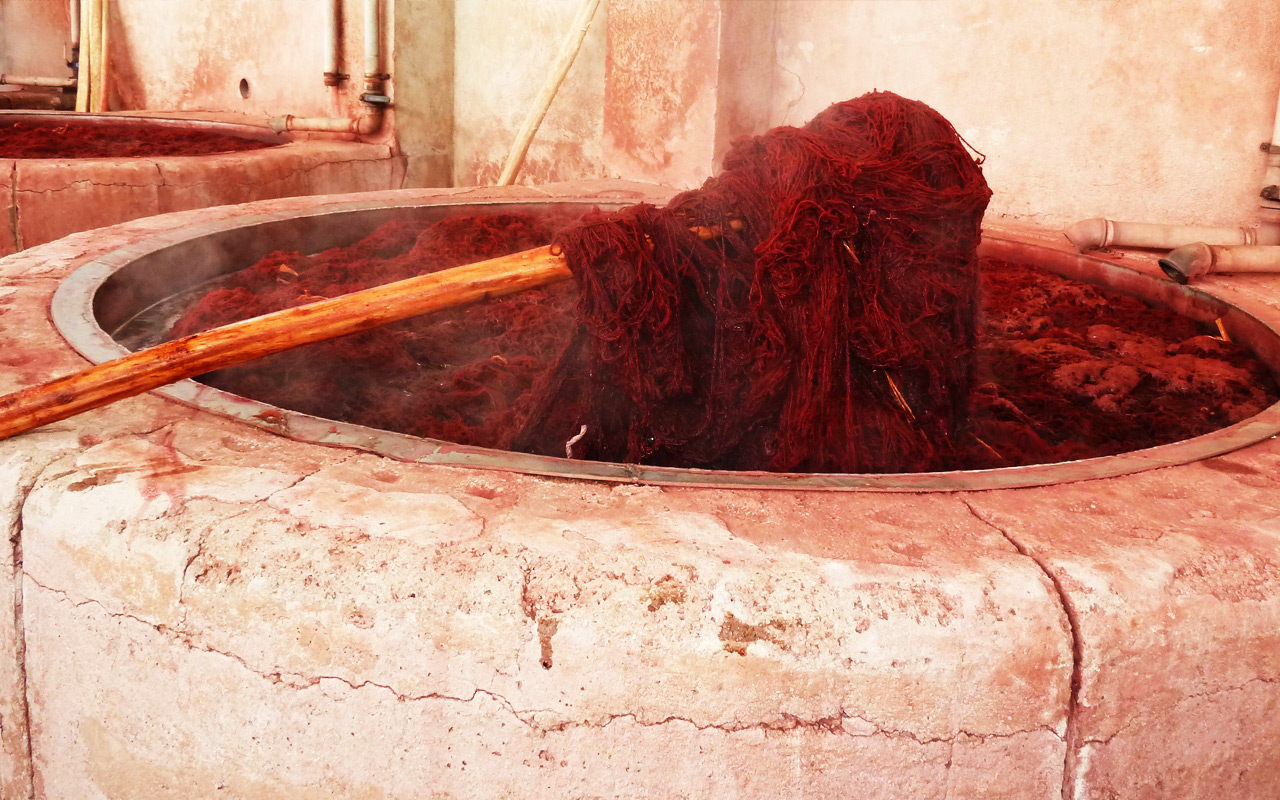
6. Undyed wool
Not only are rugs made from dyed wool, but there are also rugs among the nomadic rugs that are made from undyed or partially undyed virgin wool. These rugs often show the barren desert sections of Iran, there are small goats or bushes to see and isolated camels moving through the dunes.
For these rugs, the natural sheep wool is sorted by color and then knotted into the rug. These rugs are very special because no or almost no dyeing of the wool was needed.



